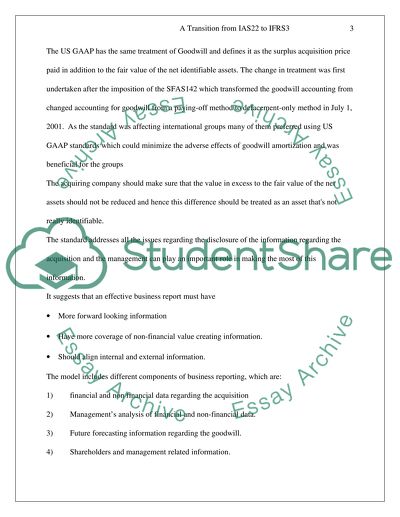Cite this document
(A Transition from IAS22 to IFRS3 - Treatment of Goodwill Essay, n.d.)
A Transition from IAS22 to IFRS3 - Treatment of Goodwill Essay. Retrieved from https://studentshare.org/finance-accounting/1527771-corporate-reporting
A Transition from IAS22 to IFRS3 - Treatment of Goodwill Essay. Retrieved from https://studentshare.org/finance-accounting/1527771-corporate-reporting
(A Transition from IAS22 to IFRS3 - Treatment of Goodwill Essay)
A Transition from IAS22 to IFRS3 - Treatment of Goodwill Essay. https://studentshare.org/finance-accounting/1527771-corporate-reporting.
A Transition from IAS22 to IFRS3 - Treatment of Goodwill Essay. https://studentshare.org/finance-accounting/1527771-corporate-reporting.
“A Transition from IAS22 to IFRS3 - Treatment of Goodwill Essay”, n.d. https://studentshare.org/finance-accounting/1527771-corporate-reporting.


